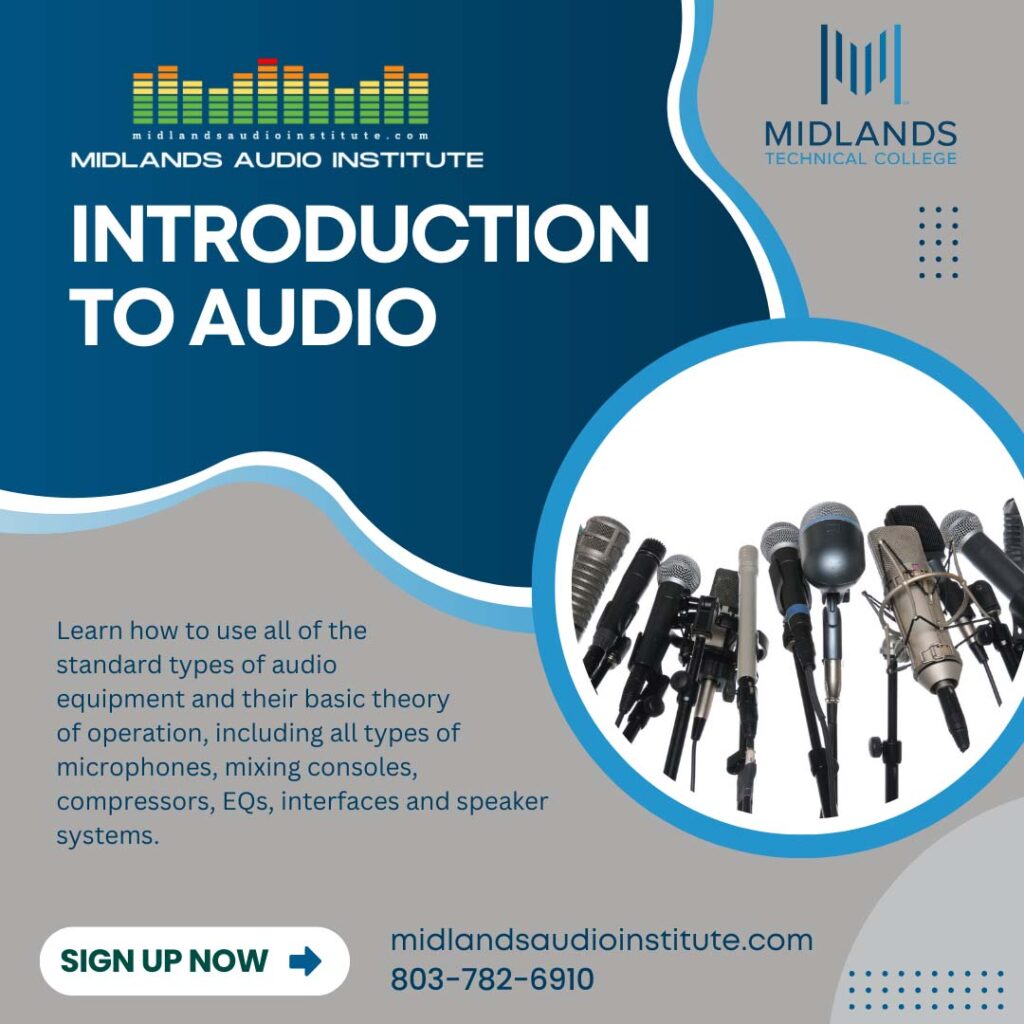Description
In this course, students will learn how to use standard types of audio equipment and understand the basic theory of operation for using microphones, mixing consoles, compressors, EQs, reverbs and speaker systems. Students will be introduced to basic concepts and terminology related to sound, audio, equipment and systems, while being challenged to open themselves to different ways of listening.
Syllabus
1. Introduction, discussion of students goals. Overview of program. Brief audio history. Overview of current trends in analog and digital technologies.
2. Basic signal flow. Operation of mixing consoles. Cabling, interfacing with outboard units and microphones.
3. Microphones. A primer for use of all types of microphones. Mic placement, mic selection and mic accessories.
4. Interfacing audio equipment. Consoles, power amps speakers, cabling, outboard devices for live sound and studio situations.
5. Outboard processors, plug ins including equalizers, compressors gates, reverbs and all other popular processors. In both digital (Pro Tools) and analog domains.
6. Setting up a studio. Purchasing equipment, interfacing and setting up a recording space.
7. Sound reinforcement. A guide to purchasing, interfacing and operation of live sound systems. Including maintenance of cabling, speaker cabinets and general troubleshooting.
8. Summary. Including question and answer to wrap up any unaddressed topics. A Final Exam.

